Last we heard from our guest writer -diaspora mum Ann Wanjiku, she let us in on the differences in naming a baby in Kenya and in Germany. Today, she shares about something that is quite common with all new mums -breastfeeding challenges! She tells us exactly how that went, and how she handled it. Her son is now nine months. Here’s more from Ann.
Immediately after my baby was born, he was not put on my breast to latch because he was too sleepy. He then went on to sleep through the night until the following day. The midwife was quick to inform me that baby was fine, since he was already satisfied from the amniotic fluid. When he woke up the following day, the midwife on duty helped me to latch the baby on my breast. But it didn’t go as easy as I had thought for when he tried to suckle, I realized I didn’t have any milk. I thought that milk came automatic after giving birth but that was not the case with me. Also during my pregnancy no milk came out from my breasts as it happens with other women.
Related: Naming a Baby in Germany and in Kenya: The differences.
Since I intended to breastfeed, the baby wasn’t given any formula milk. He was instead given an electrolyte solution via syringe feeding. The midwives usually came to feed him every four hours. Meanwhile, I would be engaged in attempts to stimulate milk production with the assistance of a breast pump. I would pump every four hours which was the same time the midwives would feed the baby. Using the breast pump was very uncomfortable but I had to get through it because I had made up my mind that I wanted to breastfeed.
Latching Problems
Eventually on the second day I started producing colostrum, which wasn’t a lot. It was then mixed with the electrolyte solution and fed to the baby. After another four hours I pumped again and this time the colostrum was a substantial amount. We decided that for the next feed I would try again to latch the baby with the midwife’s assistance. The baby wasn’t latching properly so she asked me to try different nursing positions. She told me that to know that a baby is really suckling well, one has to look at the baby’s ear, which should be moving slightly up and down as the baby drinks from the breast. Also to confirm whether the baby was indeed drinking, he was weighed before I nursed him and also after. This was repeated on three different nursing sessions. And indeed there was difference between his weight before and after nursing.
The reason I choose this hospital where Pumpkin was born was because it is a certified pro-breastfeeding hospital meaning that mothers who deliver in that hospital and want to breastfeed will be assisted. It aslo means that midwives make sure that at least the baby is latching and drinking well before being released.
Painful Breastfeeding
Breastfeeding was painful and I would wince everytime the baby would latch. However, my momfriends had already warned me that in the beginning breastfeeding is hard and painful. Even though the baby was drinking well, he still had to learn how to latch properly. My nipples became sore and cracked. My left breast was really affected that it became engorged and was also was bleeding. During the home visits my midwife told me to feed the baby on that breast anyway so as to avoid getting mastitis. She told me to get a gel for my wounds from the chemist and this gel worked wonders. After using it for two days my sore nipples were healed.
Related: My Birthing Experience in a German Hospital
My midwife also informed me that one doesn’t have to have leaking breasts for the baby to be satisfied. I was advised to just latch the baby as often as possible i.e. feeding him as per his cues. The hardest part was nursing every 2-3 hours day and night. The midwife told me that it was normal for newborns to nurse frequently since milk went quickly through their digestive system. After one week, baby had added 500grams and the midwife was satisfied with his progress.
Helpful Breastfeeding Products
The products I used for nipple care at home were Lansinoh nipple cream, mumplast (gel) pads from the chemist for wound and bleeding nipples. On days that I stayed at home I used reuseable nursing pads that I would wash and hang out to dry. I used disposable nursing pads when I left the house.
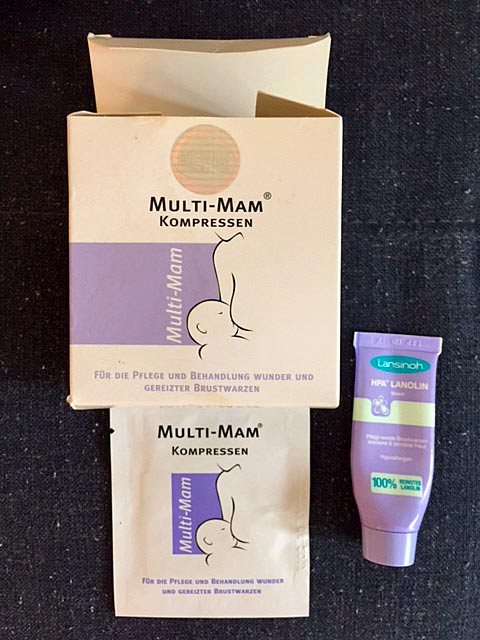
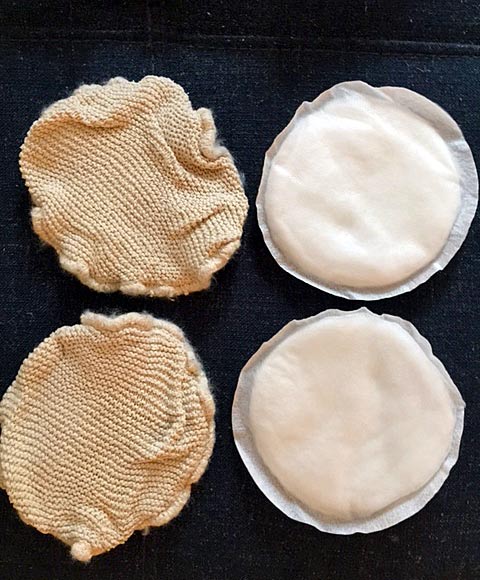

While nursing my diet was similar to the one that I observed during pregnancy. Contrary to nutrition habits of a lactating mother in Kenya, where a mother really enjoys sorghum porridge, black beans (njahi) and home made bone soups my diet consisted of oats with linseeds and wheat bran for breakfast, cheese, teas like fennel and anise teas and lots of fluids including lots of water. I was also advised to continue taking folic acid supplements.

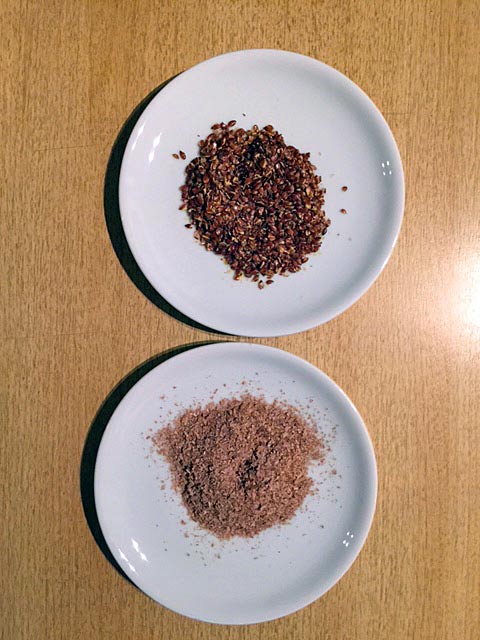

So that has been my breastfeeding experience as a first-time-mum. What was your experience like? Any similarities with mine by any chance?
Follow Mummy Tales on Facebook and on Twitter @MummyTales



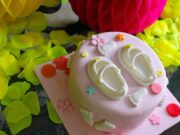










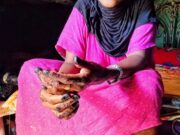
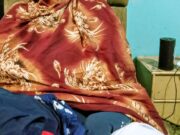







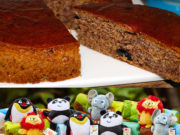





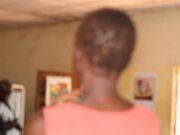


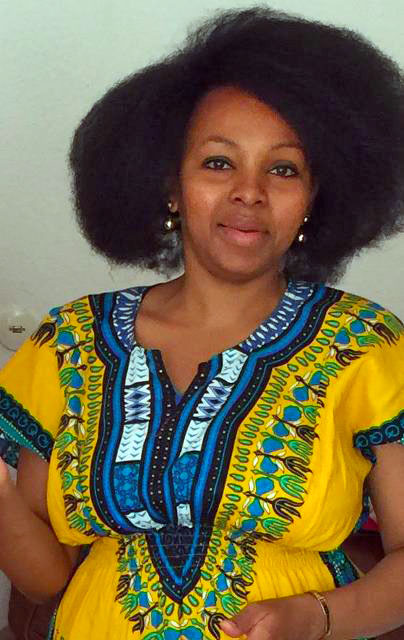







[…] Read: “Breastfeeding Didn’t’ Come as Easy as I Thought!” by Ann Wanjiku. […]